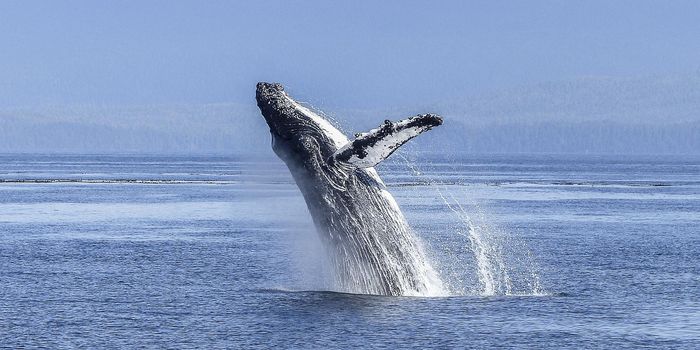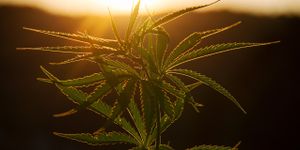Algae Growth Linked to Atmospheric Dust: Insights from Pioneering Research
What impact does atmospheric dust have on algae? This is what a recent study published in Global Change Biology hopes to address as a team of researchers from Utah State University (USU) investigated how increased dust concentrations in the Earth’s atmosphere could lead to larger algae blooms, impacting life on both land and in the oceans. This study holds the potential to help scientists better understand the acceptable amounts of dust and algae on the Earth and their impact on aquatic life, specifically in mountain ranges across the globe. The reason mountain headwater regions were the focus of the study was because they provide approximately 50% of the world’s population with fresh water.
“Only recently have we started to see troubling outbreaks of toxic algal blooms in mountain environments,” said Dr. Janice Brahney, who is an associate professor in the Watershed Sciences Department at USU and a co-author on the study. “So, these changes are happening fast and are really concerning. It's important we get to the bottom of this. Toxic blooms in mountain lakes like the ones we’ve seen recently in remote mountain lakes are unprecedented.”
For the study, the researchers compared algae blooms and supplemented this with computer models to ascertain how atmospheric dust raining down onto the planet could impact aquatic communities, specifically with mountainous regions across the globe. In the end, the researchers found that increased atmospheric dust deposits not only increase algae populations, but also increase their tolerances for increased temperatures and pH, which are considered significant climate change factors.
This results in too many algae, which the researchers note could be catastrophic for aquatic communities in numerous regions around the world, specifically the western United States, Mediterranean, central Australia, southern and central Africa, South America, and the Tibetan Plateau.
What new discoveries will researchers make about atmospheric dust and algae blooms in the coming years and decades? Only time will tell, and this is why we science!
As always, keep doing science & keep looking up!
Sources: Global Change Biology, Utah State Today
Featured Image: Atmospheric dust has been found to contribute to larger algae populations, which could result in drastic consequences for aquatic life. (Credit: Patrick Strong)








